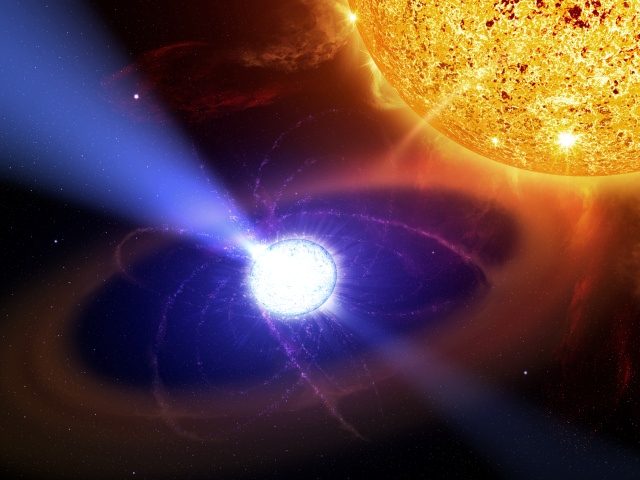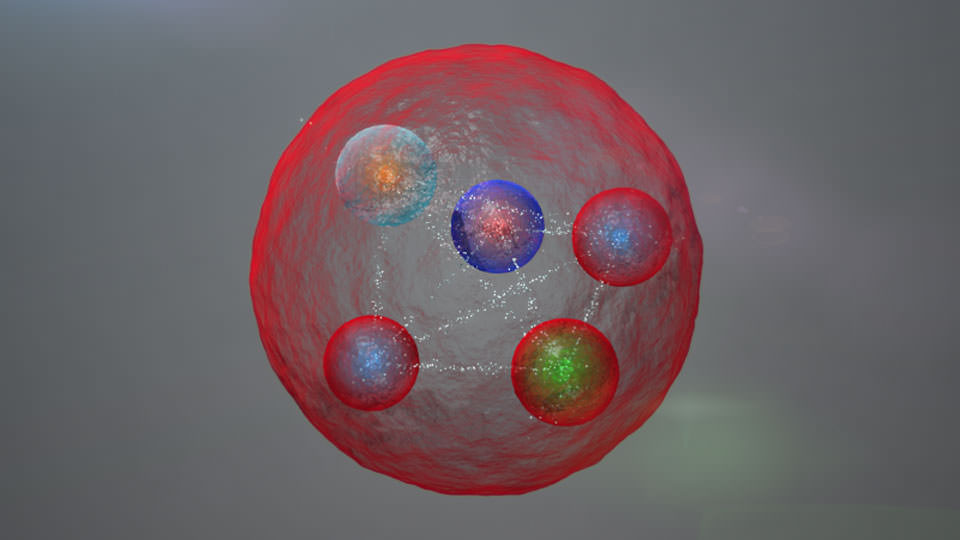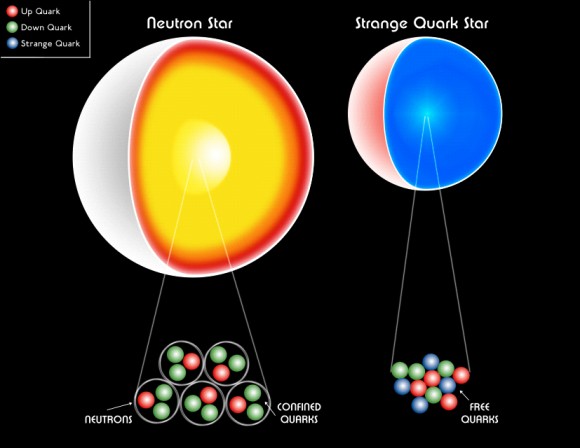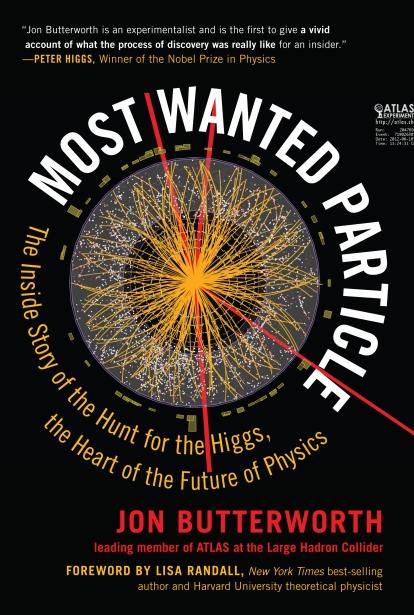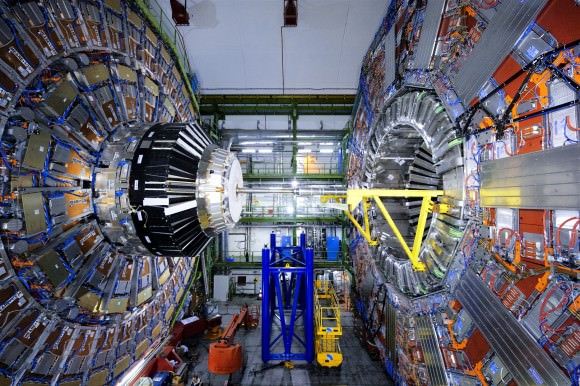This summer in Chicago, from August 3rd until the 10th, theorists and experimental physicists from around the world will be participating in the International Conference of High Energy Physics (ICHEP). One of the highlights of this conference comes from CERN Laboratories, where particle physicists are showcasing the wealth of new data that the Large Hadron Collider (LHC) has produced so far this year.
But amidst all the excitement that comes from being able to peer into the more than 100 latest results, some bad news also had to be shared. Thanks to all the new data provided by the LHC, the chance that a new elementary particle was discovered – a possibility that had begun to appear likely eight months ago – has now faded. Too bad, because the existence of this new particle would have been groundbreaking!
The indications of this particle first appeared back in December of 2015, when teams of physicists using two of CERN’s particle detectors (ATLAS and CMS) noted that the collisions performed by the LHC were producing more pairs of photons than expected, and with a combined energy of 750 gigaelectronvolts. While the most likely explanation was a statistical fluke, there was another tantalizing possibility – that they were seeing evidence of a new particle.
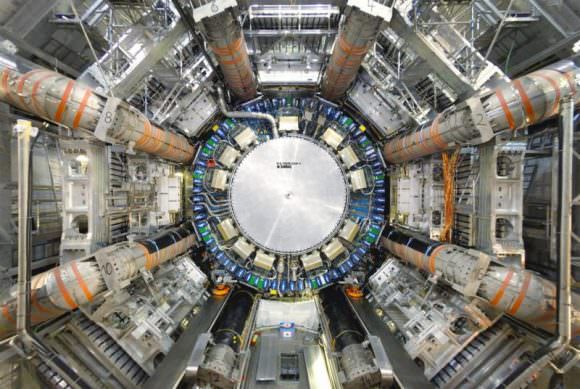
If this particle were in fact real, then it was likely to be a heavier version of the Higgs boson. This particle, which gives other elementary particles their mass, had been discovered in 2012 by researchers at CERN. But whereas the discover of the Higgs boson confirmed the Standard Model of Particle Physics (which has been the scientific convention for the past 50 years), the possible existence of this particle was inconsistent with it.
Another, perhaps even more exciting, theory was that the particle was the long-sought-after gravitron, the theoretical particle that acts as the “force carrier” for gravity. If indeed it was this particle, then scientists would finally have a way for explaining how General Relativity and Quantum Mechanics go together – something that has eluded them for decades and inhibited the development of a Theory of Everything (ToE).
For this reason, there has been a fair degree of excitement in the scientific community, with over 500 scientific papers produced on the subject. However, thanks to the massive amounts of data provided in the past few months, the CERN researchers were forced to announce on Friday at ICEP 2016 that there was no new evidence of a particle to be had.
The results were presented by representatives of the teams that first noticed the unusual data last December. Representing CERN’s ATLAS detector, which first noted the photon pairs, was Bruno Lenzi. Meanwhile, Chiara Rovelli representing the competing team that uses the Compact Muon Solenoid (CMS), which confirmed the readings.
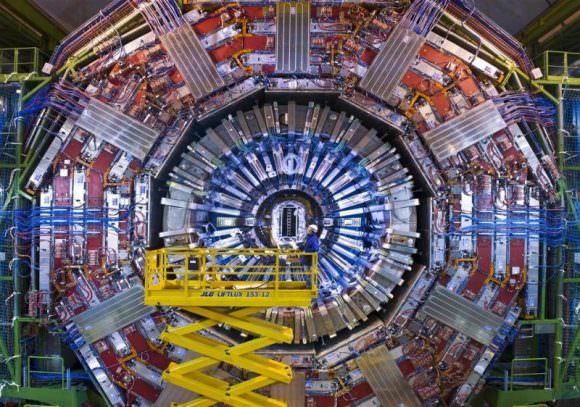
As they showed, the readings which indicated a bump in photon pairs last December have since gone into the flatline, removing any doubt as to whether or not it was a fluke. However, as Tiziano Campores – a spokesman for C.M.S. – was quoted by the New York Times as saying on the eve of the announcement, the teams had always been clear about this not being a likely possibility:
“We don’t see anything. In fact, there is even a small deficit exactly at that point. It’s disappointing because so much hype has been made about it. [But] we have always been very cool about it.”
These results were also stated in a paper submitted to CERN by the C.M.S. team on the same day. And CERN Laboratories echoed these statement in a recent press release which addressed the latest data-haul being presented at ICEP 2016:
“In particular, the intriguing hint of a possible resonance at 750 GeV decaying into photon pairs, which caused considerable interest from the 2015 data, has not reappeared in the much larger 2016 data set and thus appears to be a statistical fluctuation.”
This was all disappointing news, since the discovery of a new particle could have shed some light on the many questions arising out of the discovery of the Higgs boson. Ever since it was first observed in 2012, and later confirmed, scientists have been struggling to understand how it is that the very thing that gives other particles their mass could be so “light”.
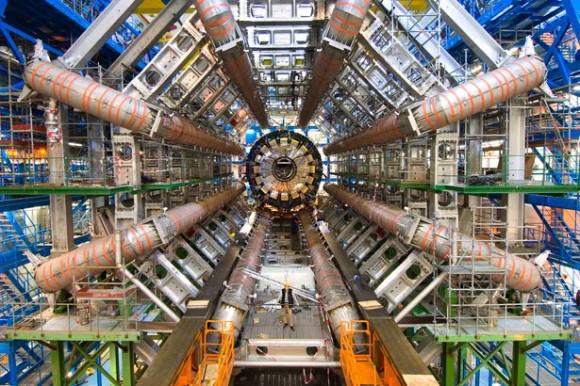
Despite being the heaviest elementary particle – with a mass of 125 billion electron volts – quantum theory predicted that the Higgs boson had to be trillions of times heavier. In order to explain this, theoretical physicists have been wondering if in fact there are some other forces at work that keep the Higgs boson’s mass at bay – i.e. some new particles. While no new exotic particles have been discovered just yet, the results so far have still been encouraging.
For instance, they showed that LHC experiments have already recorded about five times more data in the past eight months than they did in all of last year. They also offered scientists a glimpse of how subatomic particles behave at energies of 13 trillion electronvolts (13 TeV), a new level that was reached last year. This energy level has been made possible from the upgrades performed on the LHC during its two-year hiatus; prior to which, it was functioning at only half-power.
Another thing worth bragging about was the fact that the LHC surpassed all previous performance records this past June, reaching a peak luminosity of 1 billion collisions per second. Being able to conduct experiments at this energy level, and involving this many collisions, has provided LHC researchers with a large enough data set that they are able to conduct more precise measurements of Standard Model processes.
In particular, they will be able to look for anomalous particle interactions at high mass, which constitutes an indirect test for physics beyond the Standard Model – specifically new particles predicted by the theory of Supersymmetry and others. And while they have yet to discover any new exotic particles, the results so far have still been encouraging, mainly because they show that the LHC is producing more results than ever.

And while discovering something that could explain the questions arising from the discovery of the Higgs bosons would have been a major breakthrough, many agree that it was simply too soon to get our hopes up. As Fabiola Gianotti, the Director-General at CERN, said:
“We’re just at the beginning of the journey. The superb performance of the LHC accelerator, experiments and computing bodes extremely well for a detailed and comprehensive exploration of the several TeV energy scale, and significant progress in our understanding of fundamental physics.”
For the time being, it seems we are all going to have to be patient and wait on more scientific results to be produced. And we can all take solace in the fact that, at least for now, the Standard Model still appears to be the correct one. Clearly, there are no short cuts when it comes to figuring out how the Universe works and how all its fundamental forces fit together.
Further Reading: CERN

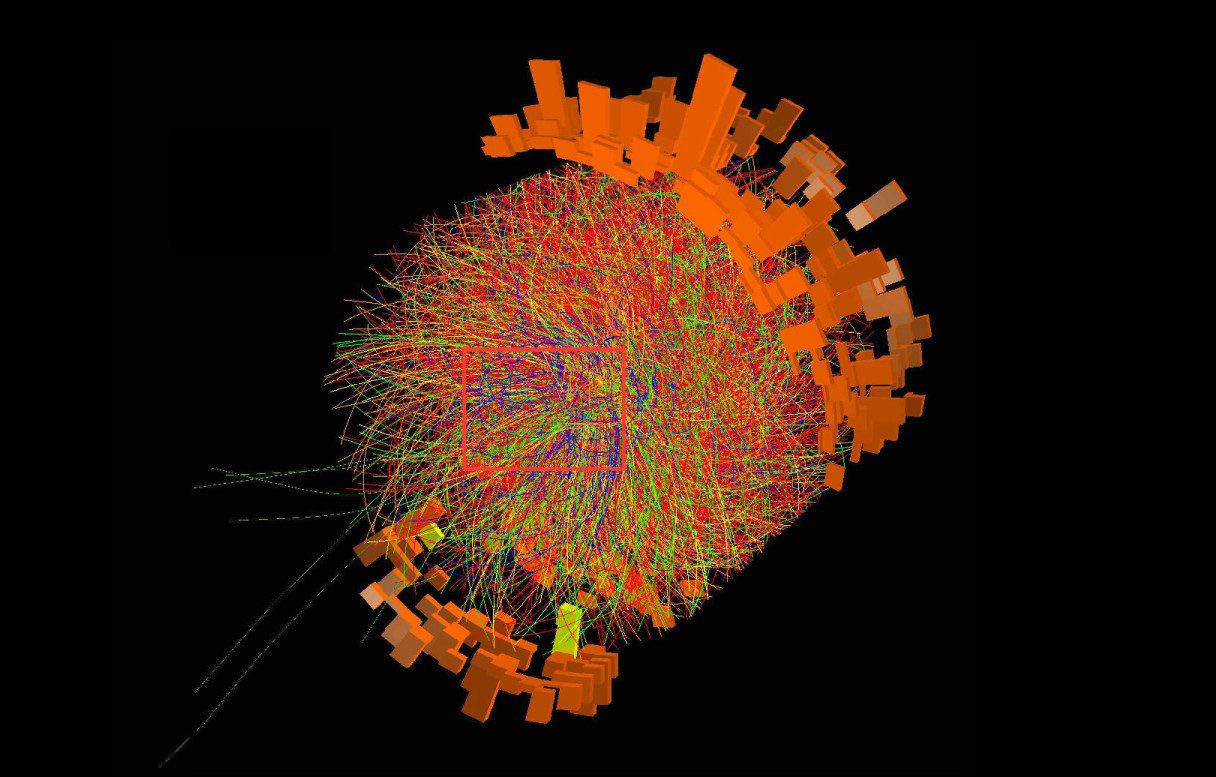


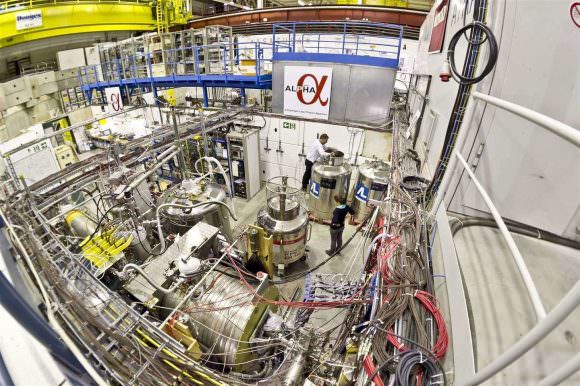
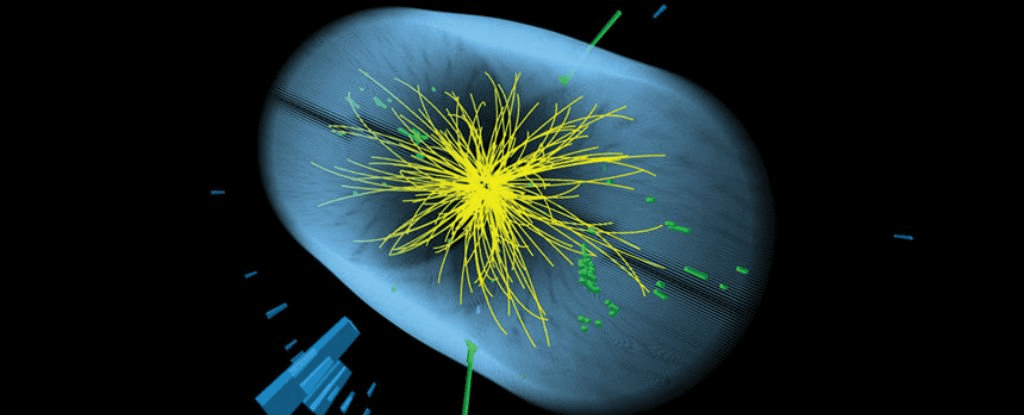
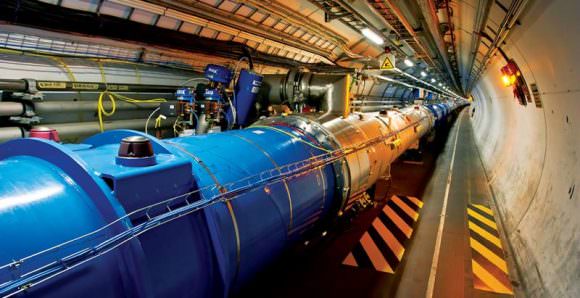
![The Standard Model of Elementary Particles. Image: By MissMJ - Own work by uploader, PBS NOVA [1], Fermilab, Office of Science, United States Department of Energy, Particle Data Group, CC BY 3.0](https://www.universetoday.com/wp-content/uploads/2016/05/Standard_Model_of_Elementary_Particles.svg_-580x436.png)
